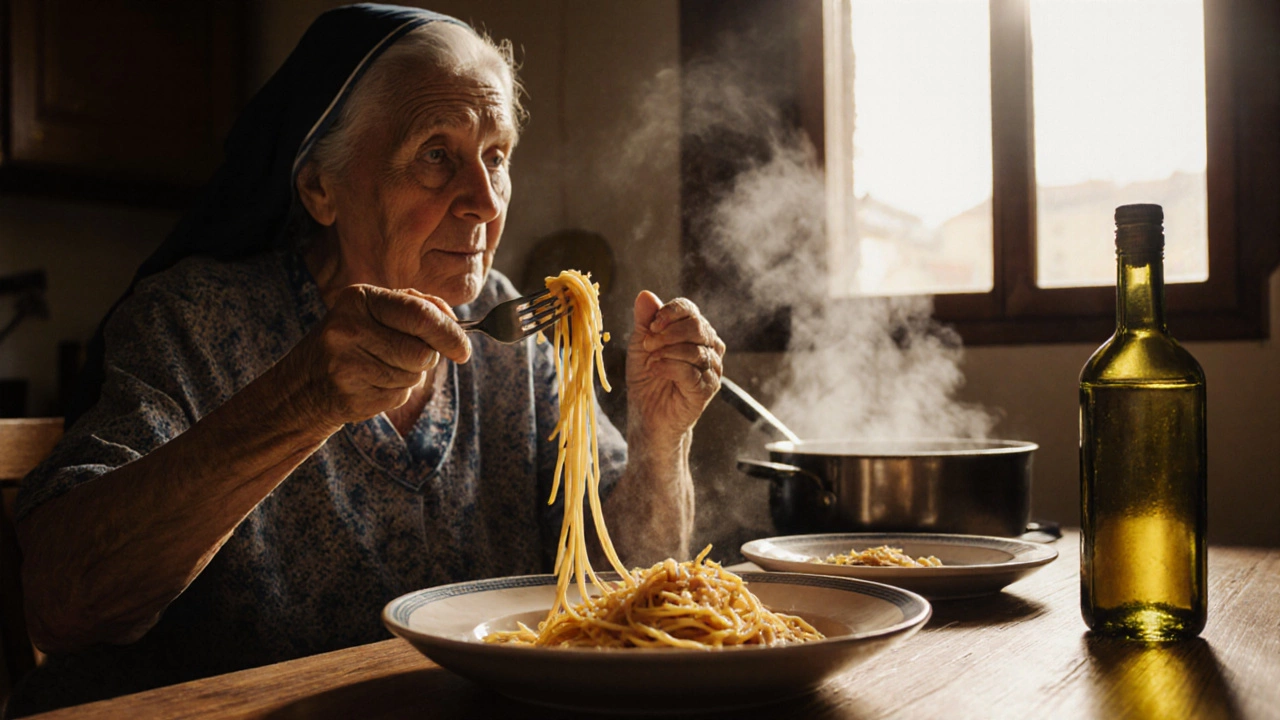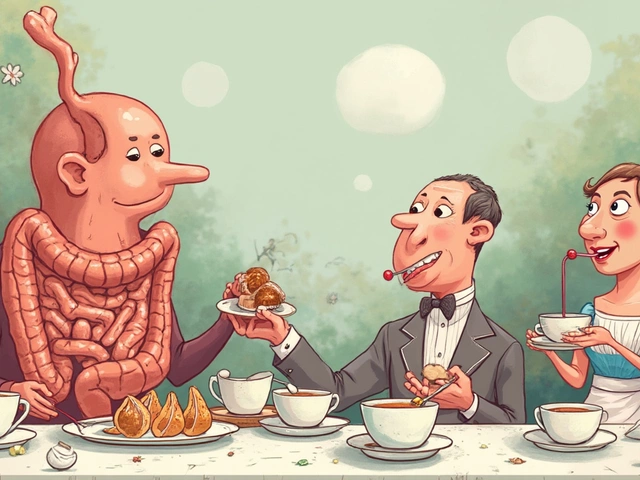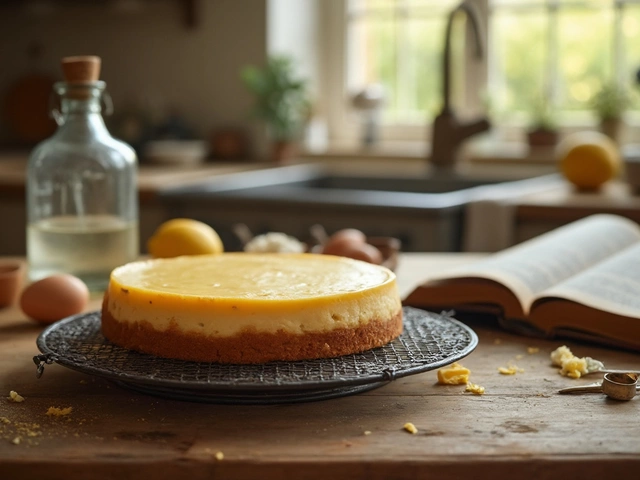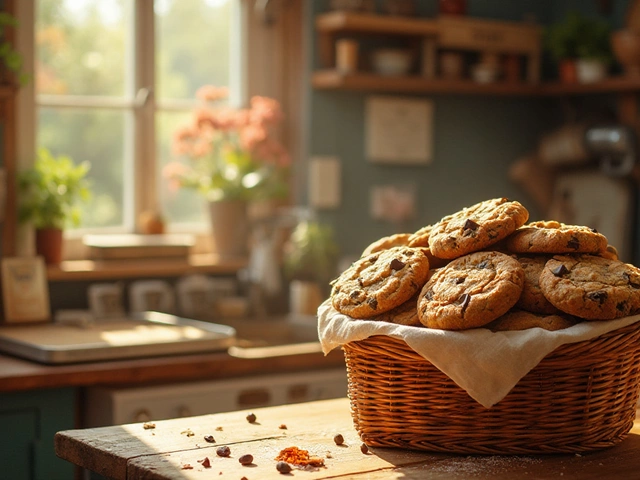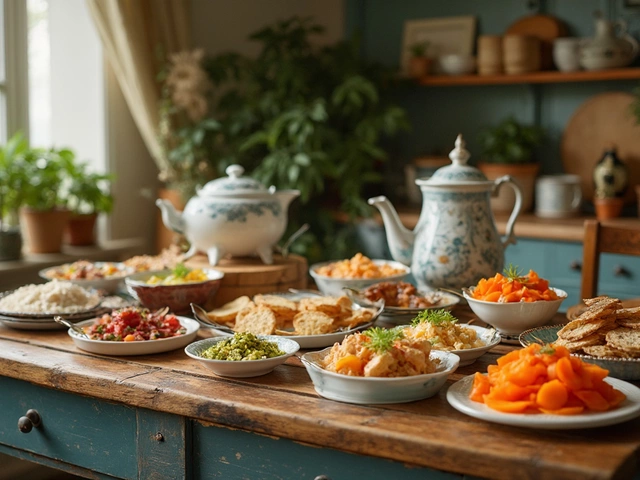Pasta Breaking Rule: What It Really Means and Why It Matters
When you snap a long strand of pasta before boiling it, you're not just fitting it into the pot—you're following a pasta breaking rule, a common kitchen practice that affects how pasta cooks, absorbs sauce, and feels in your mouth. Also known as pasta snapping, this habit shows up in homes across the world, but it’s rarely part of authentic Italian cooking. The truth? Most Italian chefs avoid it. Why? Because breaking pasta changes how it behaves in water and how sauce clings to it later.
The pasta texture, the chewy, springy quality that makes good pasta satisfying depends on even cooking. Whole strands cook from the outside in, maintaining structure. Broken pieces cook faster on the ends, leading to uneven doneness. You might think it’s easier to eat, but it’s actually harder to get that perfect bite. And sauce? It pools in the gaps between broken pieces instead of wrapping around them. Real Italian pasta, a category of dried or fresh noodles made from durum wheat and water, often shaped by hand or bronze dies is designed to be eaten long—twirled on a fork, not bitten. The rule isn’t about being rigid; it’s about respecting how the food was made.
There are exceptions, of course. If you’re making a soup with tiny pasta, or baking a casserole where size matters, breaking it makes sense. But if you’re tossing spaghetti with garlic oil or ragù, leave it whole. The pasta cooking tips, practical methods that ensure even texture, proper timing, and sauce integration you’ll find in the posts below cover everything from water temperature to salting to draining. You’ll see why some people swear by the fork-twirl method, why others boil pasta in less water, and how a single mistake—like snapping the noodles—can throw off the whole dish.
What you’ll find here isn’t a list of dos and don’ts. It’s a collection of real stories, experiments, and kitchen wins from people who’ve tried every version of this rule. Some broke pasta out of necessity. Others broke it out of habit—and later changed their minds. You’ll learn when it’s okay to break the rule, and when it’s better to let the pasta speak for itself.
